Top 5 Interior Design Styles You Need to Know – “Before Late”
Top 5 Interior Design Styles You
Need to Know
Last Update - Aug. 09,2024
Written by Abdul Sami
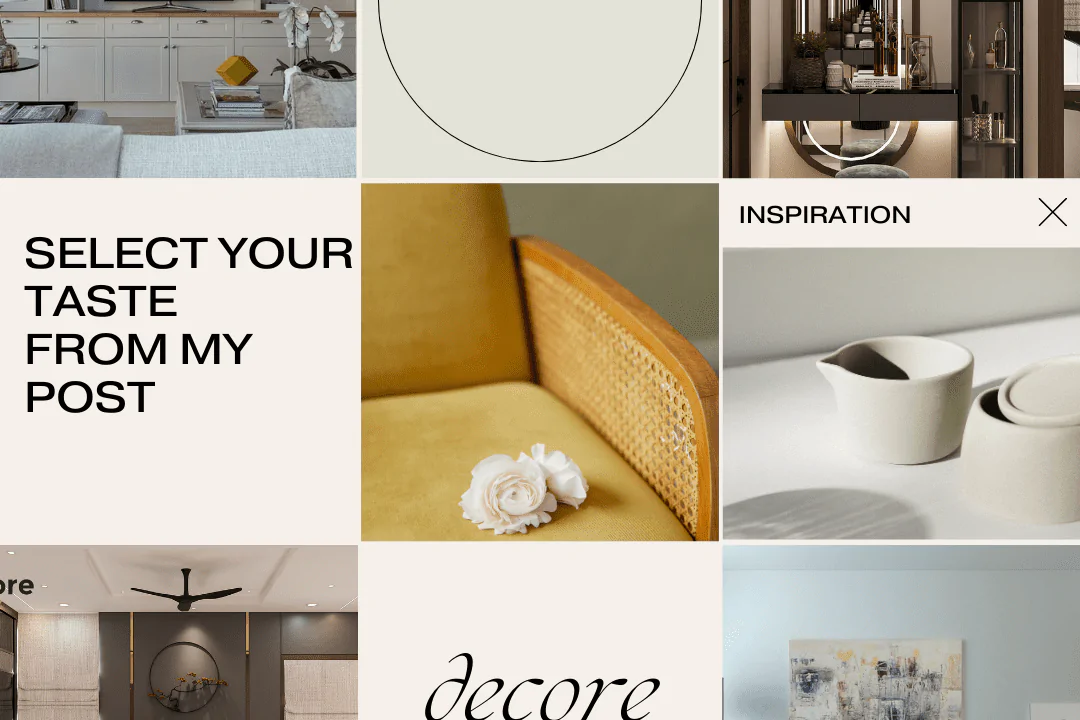

In “Top 5 Interior Design Styles You Need to Know,” explore various interior design styles to find the perfect look for your home. This guide highlights key features of each style, making it easy for you to choose the one that best fits your taste and needs.
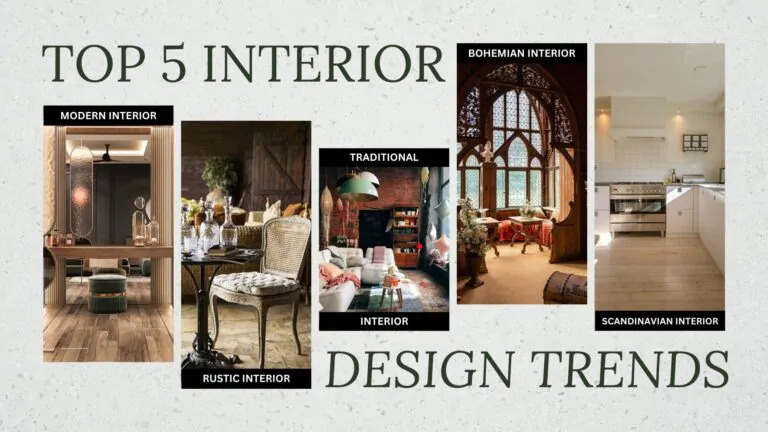
Whether you’re updating a room or transforming your entire space, this post offers clear, inspiring ideas to help you create a home that reflects your style.
Modern Interior Design
Modern interior design is about more than just aesthetics—it’s about creating a space that resonates with the soul. In Hyderabad, the city of Nawabs, where history meets modernity, this design style offers a way to blend tradition with contemporary elegance.
Originating in the early to mid-20th century, modern interior design emphasizes simplicity and functionality, with natural materials like wood, metal, and glass bringing warmth and authenticity to your home.
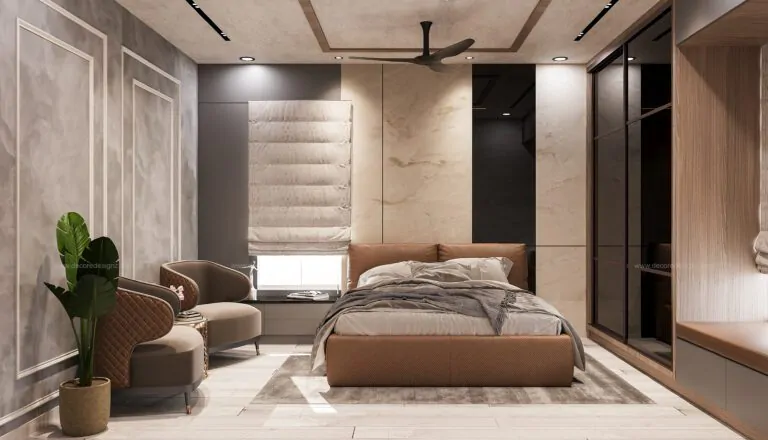
Imagine a home where every detail is carefully chosen to create a sense of peace—a refuge from the bustling city outside.
The clean lines, open spaces, and neutral colors with bold accents come together to create a sanctuary, a place where you can truly be yourself.
Elements of Modern Interior Design
Modern interior design is all about creating spaces that are both functional and visually appealing.
By focusing on simplicity, clean lines, and natural materials, this design style brings a sense of calm and order to any home.
Below are some key elements that define modern interior design, with a special focus on how these can be applied to interior design in Hyderabad.
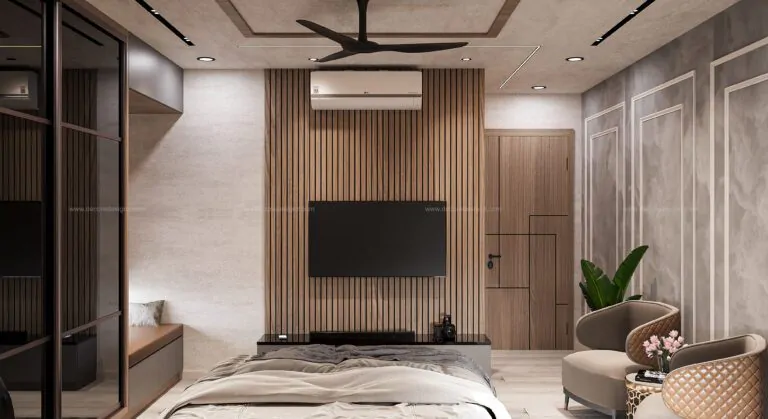
1. Clean Lines
Modern design is characterized by clean, straight lines that give a room a streamlined appearance. Whether in furniture, architecture, or decor, the emphasis is on simplicity. This is particularly relevant in Hyderabad, where traditional design elements can be seamlessly integrated with modern, linear forms to create a space that honors both past and present.
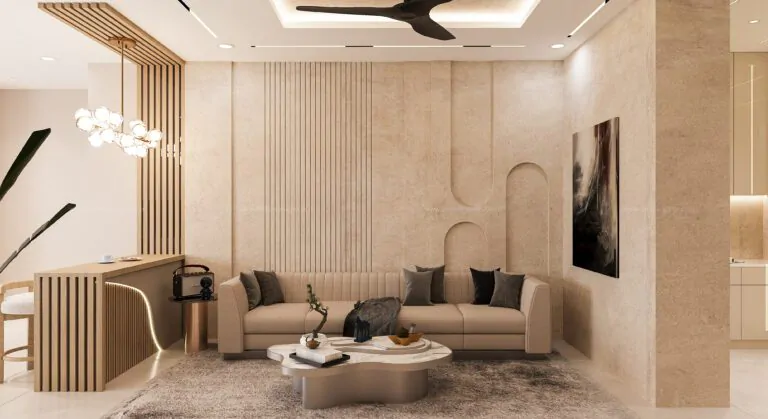
2. Minimalism
Less is more in modern design. The focus is on functionality and eliminating unnecessary clutter.
This minimalist approach not only simplifies living but also reduces the interior design cost by prioritizing quality over quantity.
In Hyderabad, where traditional homes often feature ornate decor, modern minimalism can offer a refreshing contrast.
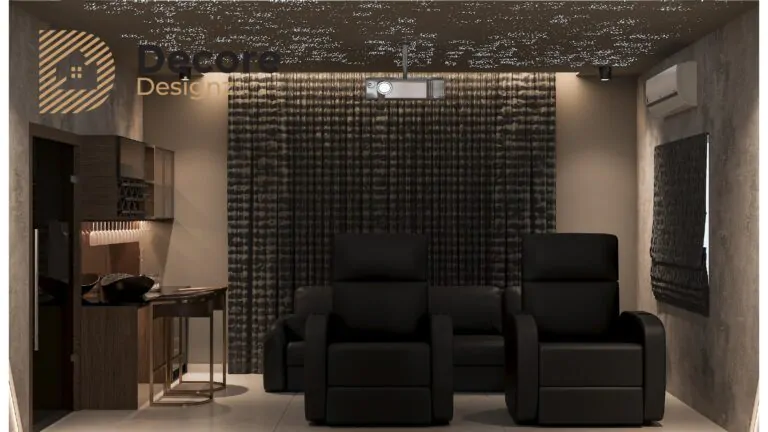
3. Functionality
Every piece in a modern interior is chosen with purpose. Furniture and decor serve both a functional and aesthetic role, contributing to the overall harmony of the space.
This focus on functionality is particularly important in urban settings like Hyderabad, where space and resources need to be used wisely.

4. Lighting
Lighting plays a crucial role in modern interiors, enhancing the mood and functionality of a space. Natural light is preferred, with large windows often being a key feature.
However, layered lighting, including ambient, task, and accent lights, is used to create a warm and inviting atmosphere.
In Hyderabad, where sunlight is abundant, maximizing natural light can significantly enhance the interior ambiance while reducing energy costs.
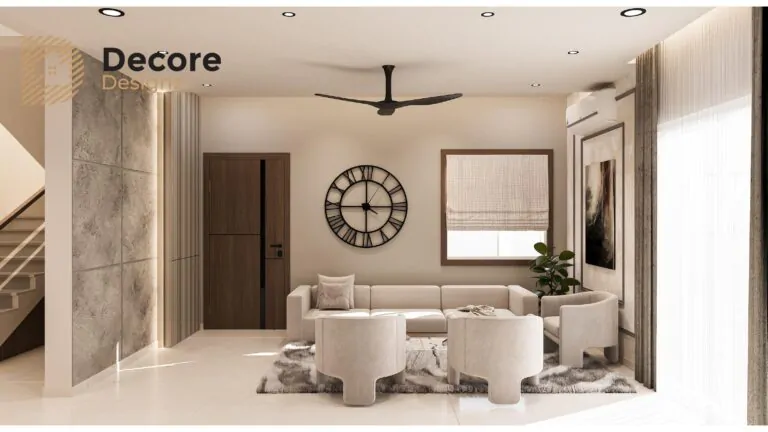
5. Open Spaces
Modern interior design often favors open floor plans that create a sense of flow and connectivity between different areas of the home.
This openness can be particularly beneficial in smaller homes or apartments, making them feel larger and more welcoming.
In Hyderabad, where space can be at a premium, an open layout can maximize the available area, creating a more functional and airy environment.
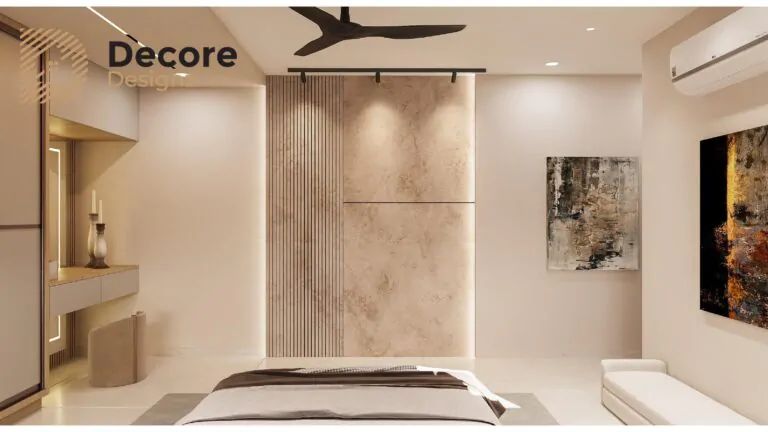
6. Natural Materials
Incorporating natural materials like wood, stone, metal, and glass is a key element of modern design.
These materials add warmth and texture to the clean, simple lines that define the style.
In Hyderabad, the use of locally sourced natural materials can also help reduce the interior design cost while adding a touch of regional authenticity to the space.
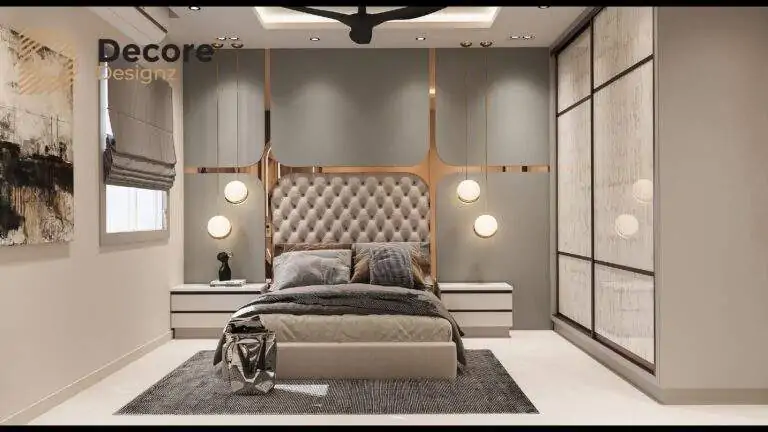
7. Neutral Color Palette
A neutral color scheme is a hallmark of modern interiors. Shades of white, gray, beige, and black are commonly used, with the occasional pop of bold color.
In a bustling city like Hyderabad, where vibrant hues often dominate, a modern interior design style can bring a refreshing calmness, using neutral tones to create a peaceful retreat from the city’s lively atmosphere.
Rustic Interior Design
Rustic interior design is a style that embraces natural beauty, rugged textures, and a cozy, lived-in feel. It’s all about bringing the outdoors inside and creating a warm, inviting space that feels like a retreat from the modern world.
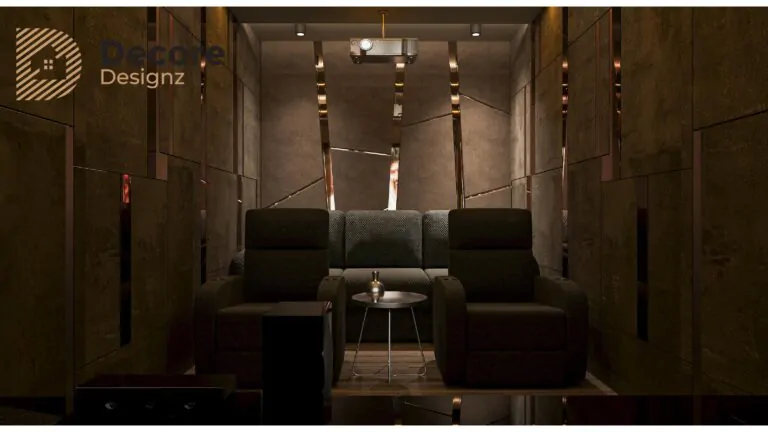
This style is particularly appealing in Hyderabad interiors, where the blend of traditional and modern elements can create a unique and charming living environment.
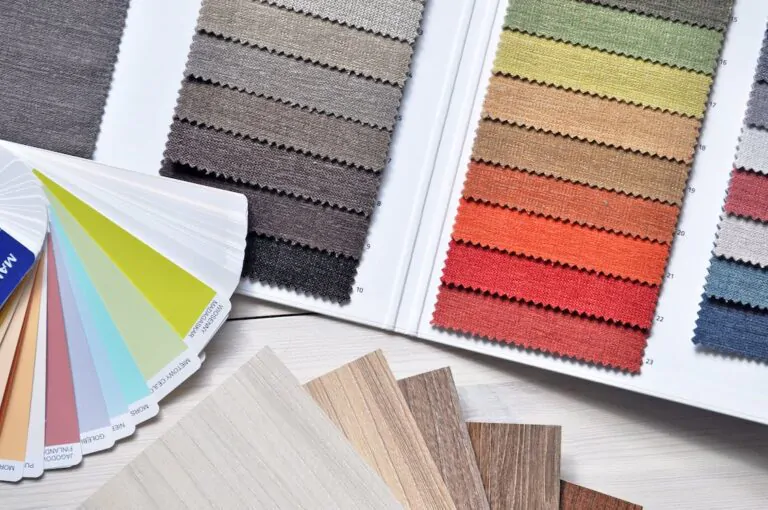
1. Earthy Color Palette
Rustic interiors often feature an earthy color palette, with shades of brown, beige, green, and gray dominating the space. These colors are inspired by nature and help create a warm, comforting atmosphere.
For Hyderabad interiors, this palette can be enhanced with deeper tones that reflect the rich cultural heritage of the city, adding depth and character to your home.
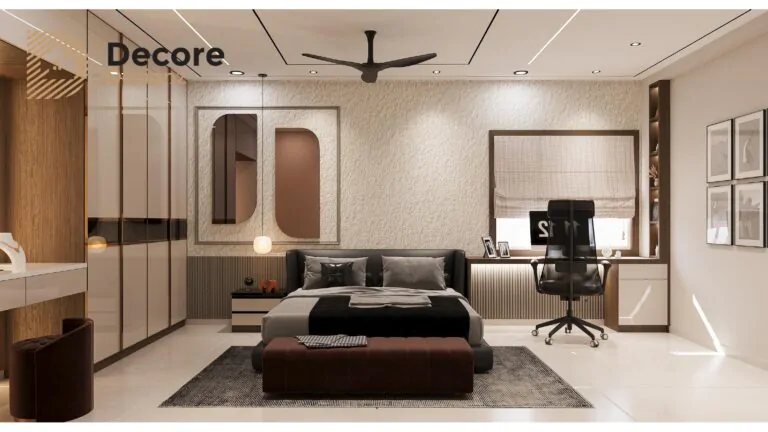
2. Texture and Layering
Texture plays a crucial role in rustic design. From rough-hewn wooden beams to stone walls and cozy textiles, layering different textures adds warmth and visual interest.
In Hyderabad interiors, layering can be achieved by combining traditional Indian fabrics like khadi or jute with more rustic elements like wooden furniture or metal fixtures. This mix of textures creates a space that feels rich and inviting.

3. Cozy Furnishings
Furniture in rustic interiors is typically sturdy, well-crafted, and comfortable. Think oversized sofas, wooden coffee tables, and plush rugs. The goal is to create a space that feels welcoming and lived-in.
In Hyderabad interiors, blending traditional Indian furniture with rustic design elements can result in a space that is both stylish and comfortable, offering the best of both worlds.
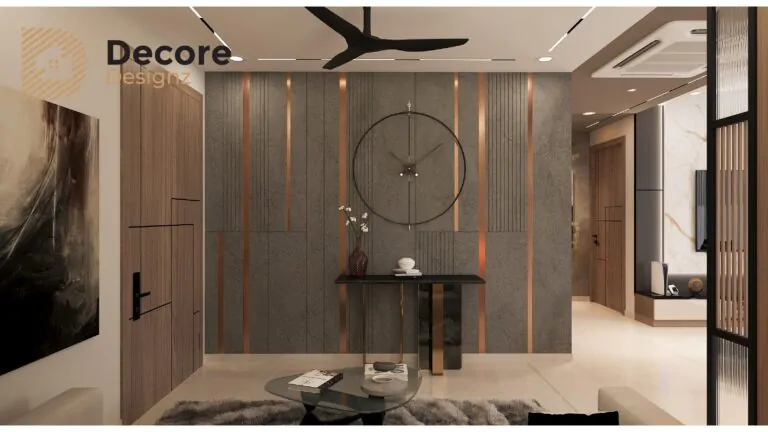
4. Vintage and Handmade Decor
Rustic design often includes vintage or handmade decor pieces that add character and a personal touch to the space. Whether it’s an old lantern, a handmade quilt, or a piece of pottery, these items tell a story and contribute to the overall charm of the room.
For Hyderabad interiors, incorporating local crafts or antiques can further enhance the rustic appeal while celebrating the city’s rich artistic heritage.
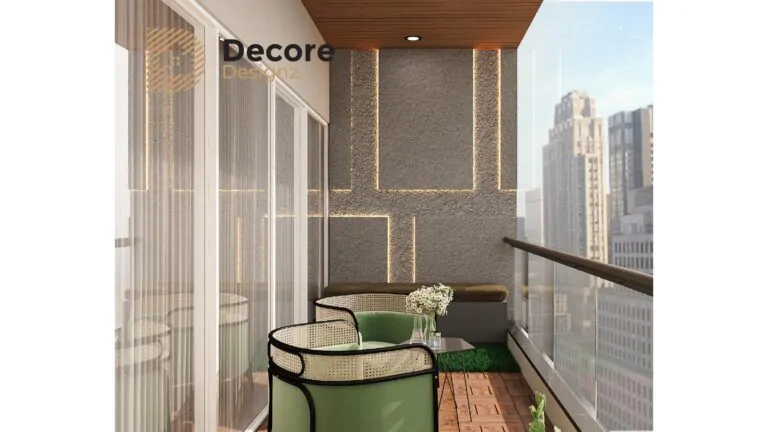
5. Connection to Nature
A key element of rustic design is the connection to nature. Large windows, indoor plants, and the use of natural materials all help to bring the outside in.
In Hyderabad interiors, this connection can be emphasized by incorporating elements like potted plants, bamboo blinds, or natural fiber rugs, creating a serene and earthy environment that feels in harmony with nature.
When planning your interior design in Hyderabad, consider how rustic elements can be incorporated to create a space that feels both timeless and connected to the rich cultural heritage of the city. Whether you’re working within a budget or splurging on key pieces, the rustic style offers flexibility and warmth, making it a perfect choice for creating a cozy, inviting home.
Traditional Interior Design
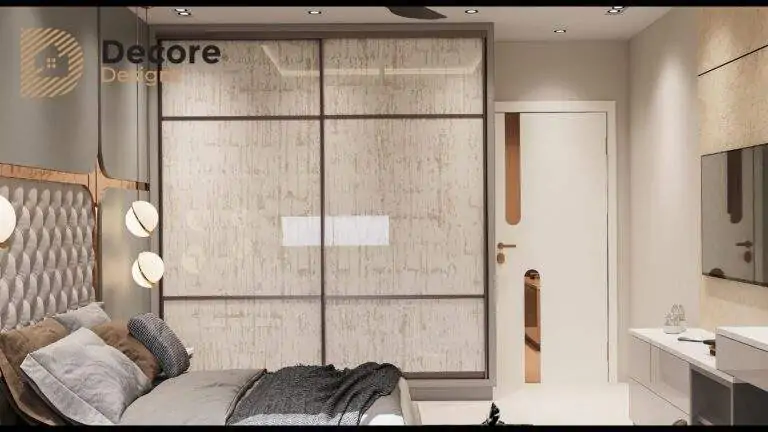
Traditional interior design is more than just a style; it’s an invitation to step into a world of elegance and charm, where every detail feels like a warm embrace. It’s about crafting a space that feels both historic and deeply comforting, much like the rich heritage of Hyderabad, the city of Nawabs.
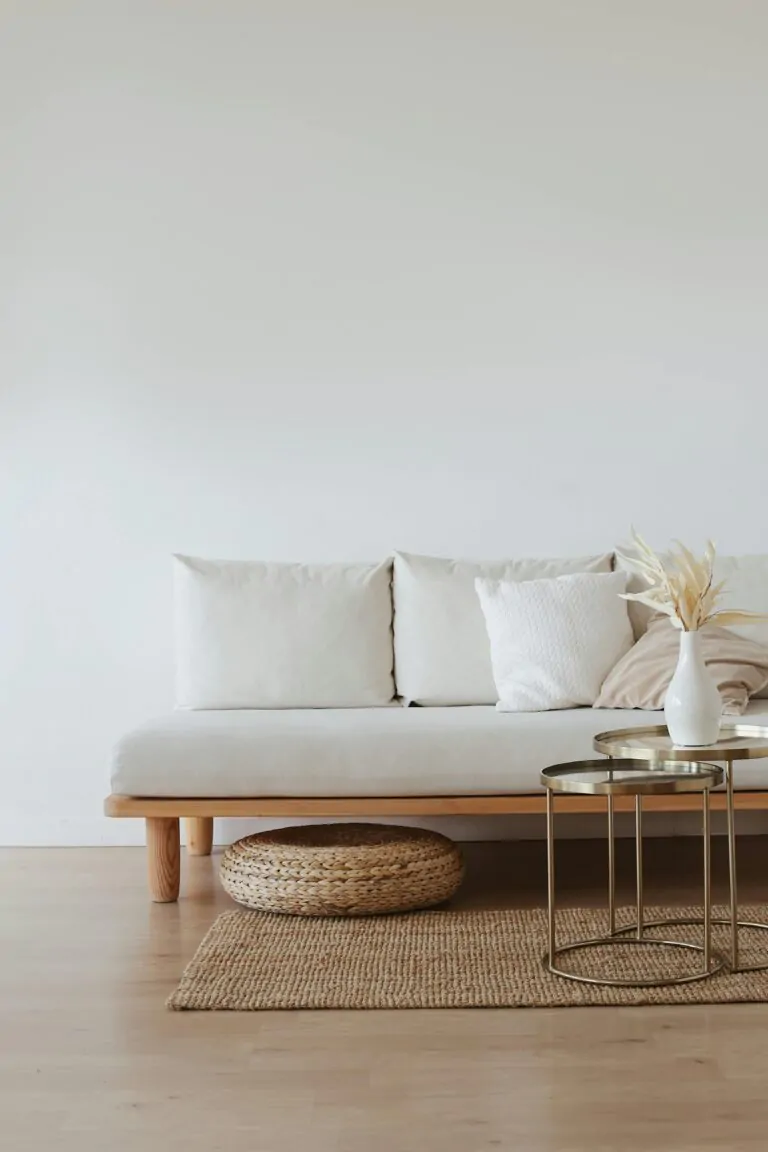
1. Classic Furniture
Traditional design showcases the beauty of expertly crafted furniture that stands the test of time. Picture high-quality, handcrafted pieces with intricate carvings and rich wood finishes that evoke a sense of grandeur.
Imagine antique dressers with delicate inlays, mahogany tables that exude warmth, and wingback chairs that invite you to sit and stay awhile. Each piece is not just furniture; it’s a story and a piece of art that adds depth and personality to your home.
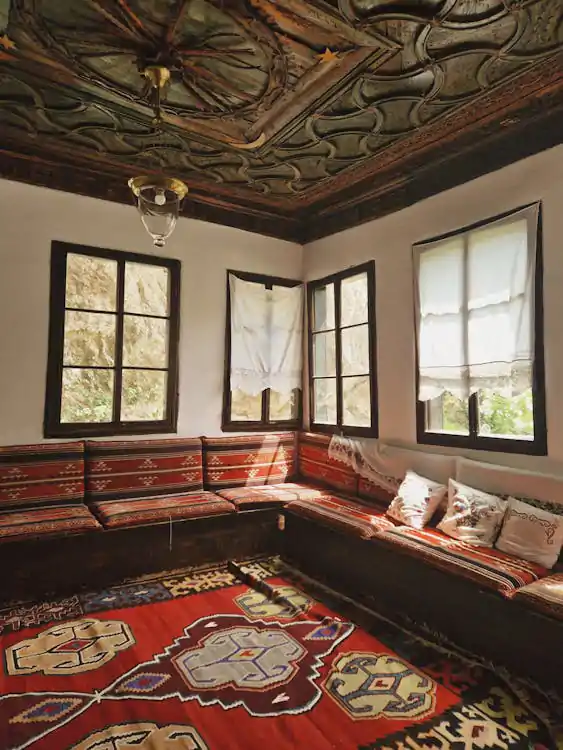
2. Luxurious Fabrics
In traditional interiors, fabrics like velvet, silk, and brocade are not merely decorative—they’re essential to creating an atmosphere of opulence and comfort. Velvet’s soft touch and silk’s graceful drape add layers of luxury to your space, while brocade’s rich patterns enhance the room’s visual interest.
These fabrics are often used for upholstery, curtains, and cushions, turning your home into a haven of elegance. The intricate patterns, such as damask and paisley, create a sense of history and sophistication, making each fabric choice a testament to enduring style.
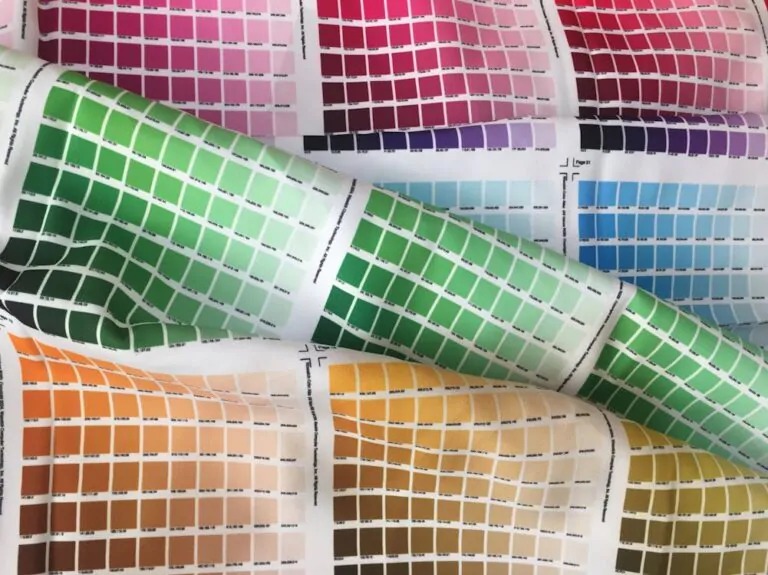
3. Warm Colors
The color palette in traditional interior design is carefully chosen to evoke a sense of warmth and comfort. Deep reds, rich browns, and soft golds wrap your room in a cozy embrace, creating an inviting and serene atmosphere.
These hues are not just colors; they are mood-setters that make your space feel like a refuge from the outside world. They work harmoniously with the furniture and fabrics to create a room that feels both elegant and deeply comforting.
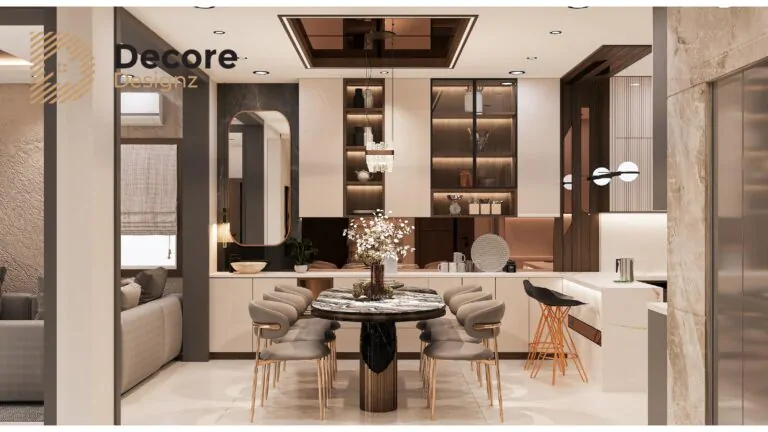
4. Detailed Decorations
Traditional design shines through its meticulous attention to detail. Features like crown moldings, wainscoting, and decorative trim are more than just accents; they are elements that add sophistication and character to your space.
These details create a sense of architectural richness and craftsmanship. Ornate rugs with intricate patterns and patterned wallpapers further enhance the room’s charm, transforming it into a place where every detail contributes to a cohesive and elegant look.
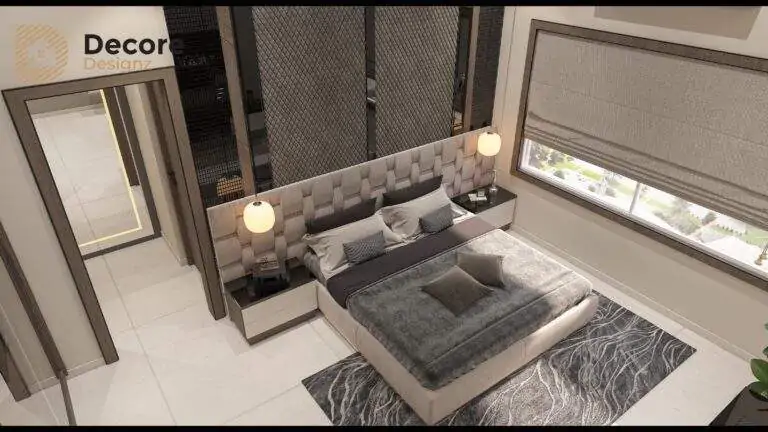
5. Antique Touches
Adding antique or vintage elements to your space infuses it with a sense of history and uniqueness. Think of a grand piano that becomes the centerpiece of a room, an elegant mirror with a timeworn frame, or a collection of vintage vases that tell their own stories.
These pieces are not just decorations; they are treasures that bring a sense of continuity and connection to the past. They add character and depth, making your home feel like a carefully curated collection of cherished memories.
6. Symmetry and Balance
Traditional design often emphasizes symmetry to create a sense of harmony and balance. Arranging furniture in a symmetrical layout helps achieve a visually pleasing and orderly environment. For example, placing matching side tables and lamps on either side of a sofa creates a balanced and serene look.
This approach not only enhances the room’s aesthetic appeal but also contributes to a feeling of tranquility and cohesion.
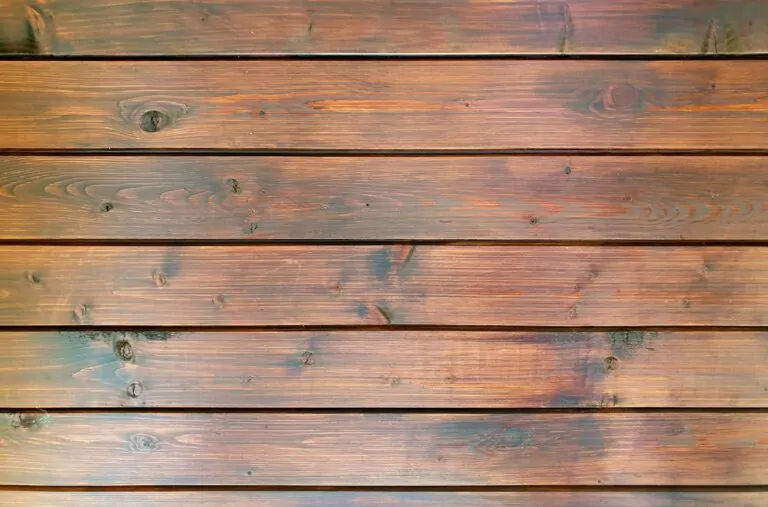
7. Rich Wood Details
The use of rich, dark wood finishes is a hallmark of traditional interior design. Wooden paneling, bookshelves, and detailed cabinetry bring a sense of warmth and permanence to your home. These wood elements add depth and richness to the space, making it feel solid and enduring.
The craftsmanship involved in these wooden features reflects a commitment to quality and timeless beauty, creating a space that feels both grand and inviting.
Bhemian Interior Design
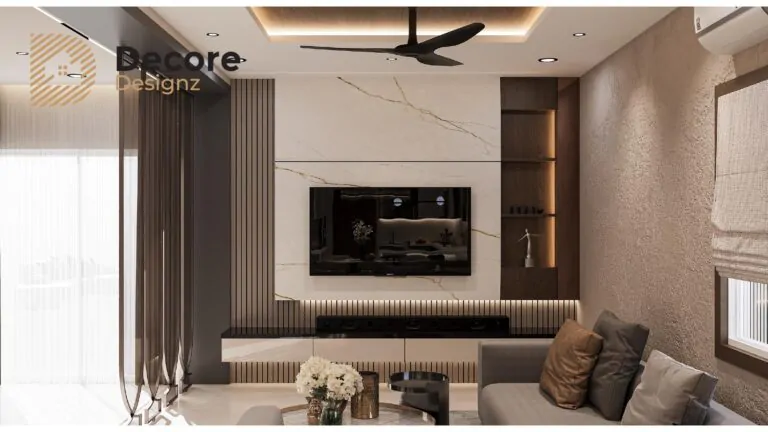
Bohemian interior design is all about embracing freedom, creativity, and a relaxed, eclectic vibe. It’s a celebration of individuality and artistic expression, creating spaces that feel vibrant, eclectic, and deeply personal.

1. Eclectic Furnishings
Bohemian design thrives on mixing and matching different styles and periods. Imagine a room filled with an array of unique furniture pieces—from vintage armchairs and Moroccan poufs to mid-century modern tables.
Each piece contributes its own story, creating a space that feels both curated and spontaneous. The key is to embrace an assortment of styles and textures that reflect your personality and interests.

2. Rich Textiles
Textiles are central to Bohemian design, adding layers of color, texture, and comfort. Think of colorful throws, patterned rugs, and plush cushions scattered across sofas and floors. Fabrics like kilims, tapestries, and handwoven blankets bring warmth and visual interest, creating a cozy, lived-in feel.
Mixing and layering different textiles adds depth and a sense of wanderlust, making the space feel inviting and dynamic.
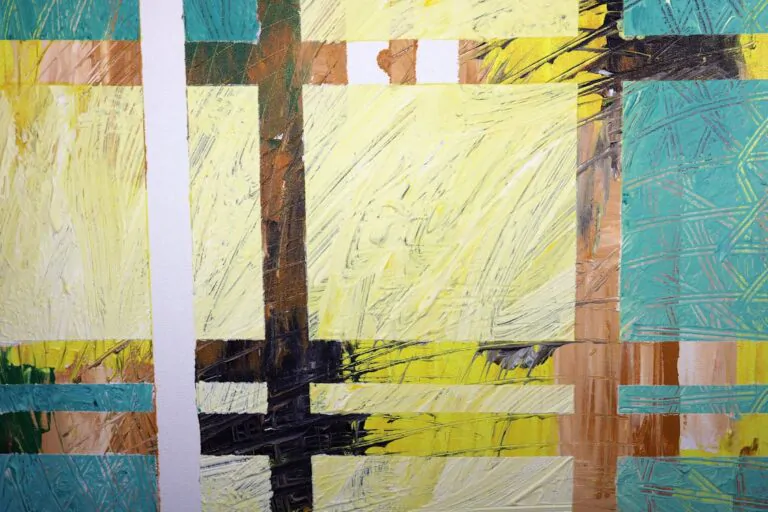
3. Vibrant Colors
Bohemian interiors are known for their bold use of color. Rich, saturated hues like deep blues, fiery oranges, and earthy greens come together to create a lively and energetic atmosphere.
These colors are often combined in unexpected ways, adding to the eclectic and artistic vibe. The color palette in a Bohemian space should feel vibrant and expressive, much like a painter’s palette filled with diverse shades.
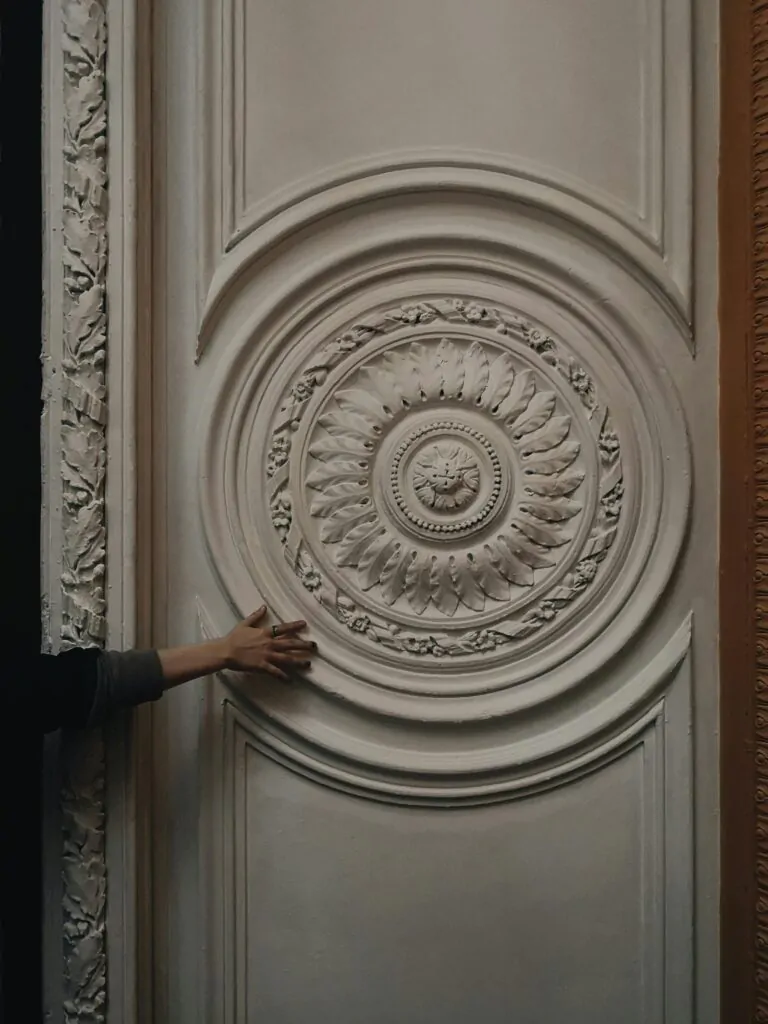
4. Artistic Details
Art is a cornerstone of Bohemian design. Walls often feature a mix of artwork, including paintings, tapestries, and macramé hangings. Each piece is chosen for its ability to add character and convey personal taste.
Displaying a collection of art, souvenirs from travels, or handmade crafts can transform your space into a gallery of your unique experiences and passions.
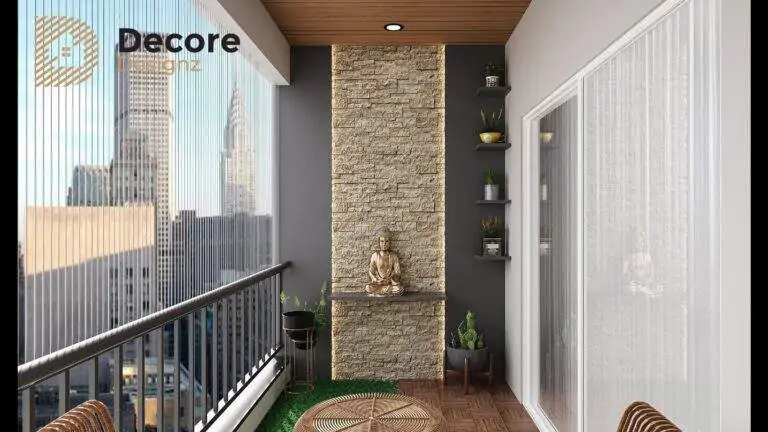
5. Natural Elements
Bringing the outdoors inside is a key aspect of Bohemian design. Incorporate houseplants, succulents, and hanging planters to infuse the space with life and freshness.
Natural materials like wood, rattan, and woven fibers also play a significant role, adding an earthy touch that complements the vibrant colors and eclectic furnishings.
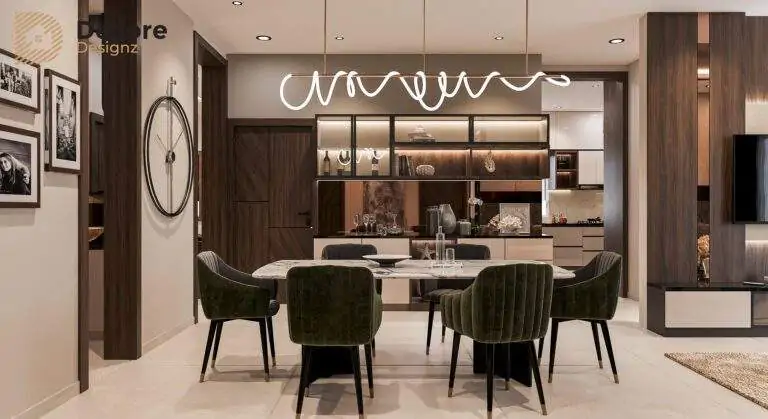
6. Global Influences
Bohemian design often draws inspiration from various cultures around the world. Incorporate elements like Indian tapestries, African masks, or Turkish rugs to create a space that feels both worldly and personal.
These global touches add depth and intrigue, making the room feel like a collection of stories and adventures.
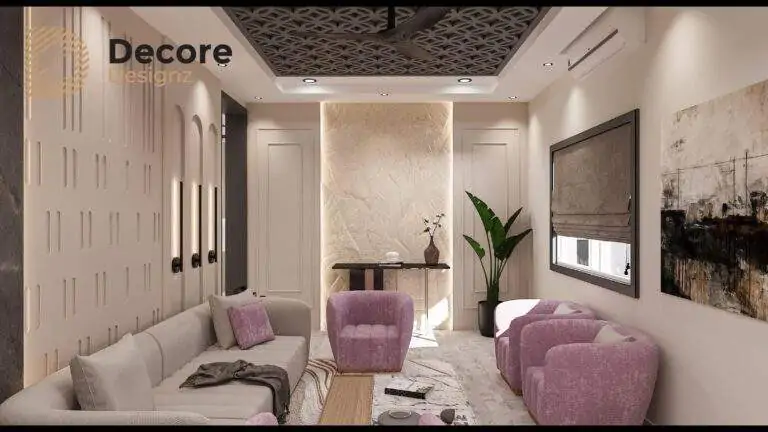
7. Layered Lighting
Lighting in Bohemian design is about creating a warm and inviting ambiance. Use a mix of lighting sources, such as string lights, lanterns, and candles, to achieve a cozy and magical atmosphere.
Layering different types of lighting helps to create a dynamic and flexible space, perfect for both lively gatherings and quiet moments of relaxation.
Scandinavian Interior Design
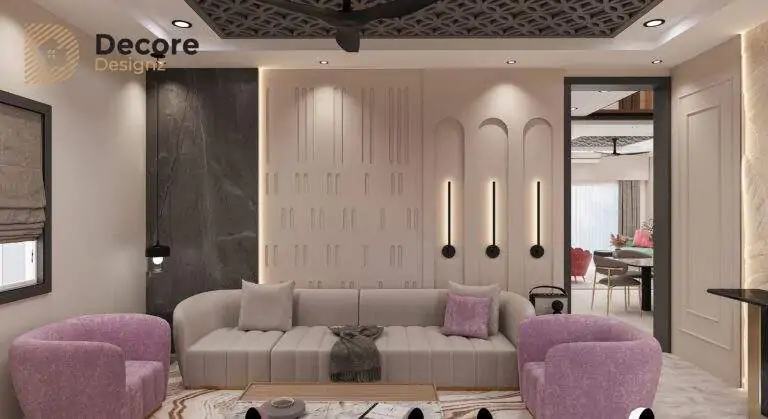
Scandinavian interior design embodies a serene and minimalist approach, blending functionality with beauty to create spaces that are both practical and emotionally soothing.
Inspired by the natural landscapes of Northern Europe, this style offers a fresh, calming atmosphere that can transform any home into a tranquil retreat.
1. Minimalist Furnishings
At the heart of Scandinavian design is simplicity. Furniture pieces are chosen for their clean lines, functional forms, and understated elegance. Imagine sleek, wooden dining tables, simple yet stylish sofas, and streamlined storage solutions.
Each piece is designed to enhance the space without overwhelming it, creating a feeling of openness and clarity. This minimalist approach not only helps to keep the space organized but also promotes a sense of peace and calm.
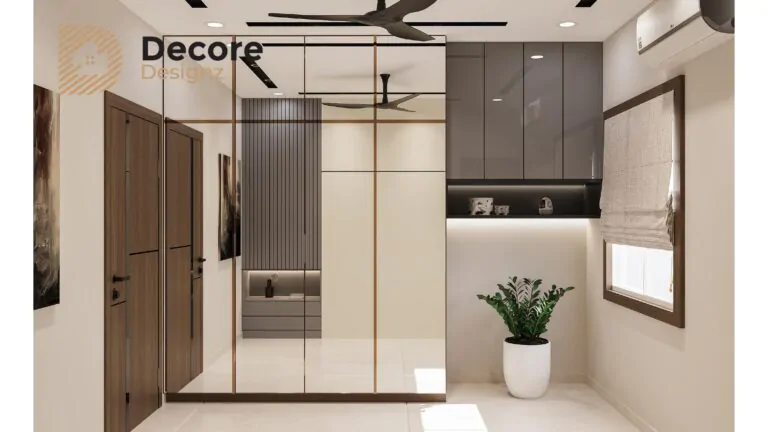
2. Natural Materials
Scandinavian interiors celebrate natural materials that add warmth and texture to the space. Wood is a primary material, often used in flooring, furniture, and decorative elements.
The natural grain and light hues of Scandinavian woods, such as oak and pine, bring a touch of nature indoors, reflecting the beautiful landscapes of Northern Europe. Textures are also added through materials like wool, linen, and leather, which contribute to the overall coziness and tactile appeal.

3. Neutral Color Palettes
The color scheme in Scandinavian design is characterized by soft, neutral tones that evoke a sense of tranquility and simplicity. Whites, greys, and soft beiges create a serene backdrop, while occasional pops of muted color—such as pale blues or earthy greens—add subtle interest.
This neutral palette helps to create a spacious and airy feel, making rooms appear larger and more inviting.
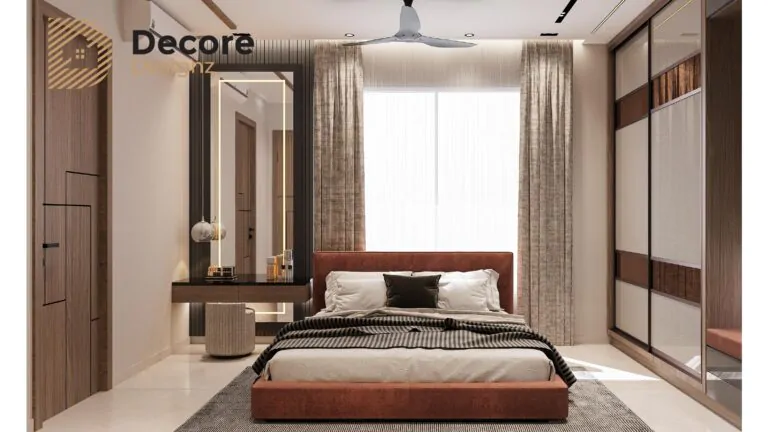
4. Functional Design
Functionality is a key principle in Scandinavian design. Every element in the space is carefully chosen to serve a purpose while maintaining aesthetic appeal. This means incorporating smart storage solutions, multi-functional furniture, and practical layouts that enhance everyday living.
The emphasis on functionality ensures that the space is not only beautiful but also highly usable, reflecting the practical sensibilities of Northern European design.

5. Emphasis on Natural Light
Maximizing natural light is crucial in Scandinavian interiors, where long winters can limit sunlight. Large windows, light curtains, and strategically placed mirrors help to brighten the space and create an open, airy feel.
The use of natural light not only enhances the room’s aesthetic but also contributes to a more uplifting and positive atmosphere.

6. Simple Decor
Scandinavian design favors simple, yet meaningful decor. Decorative elements are chosen for their ability to add character without cluttering the space. Think of minimalist artwork, subtle ceramics, and thoughtfully placed plants that bring a touch of nature indoors.
These elements are selected to complement the overall design, creating a harmonious and visually pleasing environment.
7. Emotional Connection
Scandinavian design is deeply connected to the concept of “hygge,” a Danish term that represents a feeling of coziness and well-being. The goal is to create a space that feels comfortable and nurturing, where you can unwind and feel at home.
This emotional connection is achieved through the thoughtful integration of natural materials, functional elements, and a calming color palette, making your home a sanctuary of peace and relaxation.
